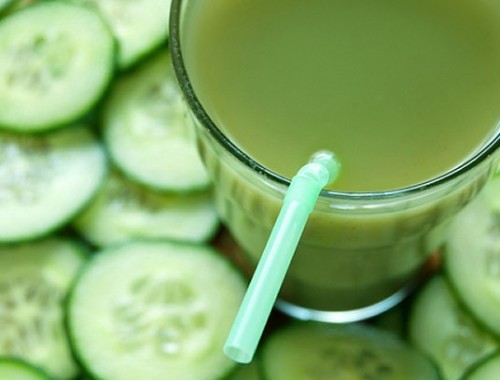Kale is a green, leafy vegetable that is packed with nutrients. This vegetable is a member of the Brassicas plant family like cabbage and broccoli.
Some experts consider kale to be one of the healthiest vegetables on the planet. However, not everyone enjoys eating dark leafy greens. Many people do not find kale appealing due to the texture and amount of chewing required.
One of the benefits of juicing kale is therefore that you don’t have to chew and you don’t get hung up on the texture. You can also combine kale with other fruits and vegetables to make a juice which tastes great and is easy to consume.
Another benefit of juicing kale is that you are getting it in it’s raw state without cooking it. This allows you to get the maximum benefit of all the nutrients and enzymes. It’s also easier for your body to absorb the nutrients because it’s already broken down.
Types of kale vary in appearance and taste. Varieties of kale may have green, blue-green, black-green, reddish, or purple leaves. For those unfamiliar with kale’s appearance, common kale leaves look similar to spinach but with larger and longer leaves with curly edges and deeper veins. Preparation of this nutritious vegetable can be raw, cooked, or juiced.
The most common type of kale is called curly kale or Scotch curled kale. Curly kale leaves are edged in curled leaf waves. The taste of this type of kale is described as mild and sweet. Dino kale is another of the popular kale varieties. Dino kale is known as tuscan kale, black kale, or lacinato kale. This kale type has dark leaves that can look almost blue or black. The flavor is nutty and earthy.
Blue-curled vates kale is a type of Siberian kale that can be used like lettuce. Another of the Siberian kales is red Russian which has blue-gray leaves that turn red when the weather is cold. Young red Russian kale is used as a baby lettuce in salads.
Kale contains numerous vitamins and nutrients that are essential for health. Some say that eating kale regularly can decrease the risks of cancer and heart disease. One cup of chopped kale has only 33 calories. This low-calorie food is an excellent source of vitamin A, vitamin C, and potassium.
Vitamin A is an antioxidant. Kale contains 133% of the daily value of vitamin A. The vitamin A from plants is called pro-vitamin A. The most common pro-vitamin A is a carotenoid called beta-carotene. Beta-carotene is a powerful antioxidant that reduces the risk of cancer. Other carotenoids in kale include lutein and zeaxathin which guard the eyes against damage from UV rays and help prevent cataracts.
The anti-cancer properties of kale doesn’t stop with its supply of beta-carotene. Kale produces sulforaphane when it is chewed or chopped. Sulporaphane rids the body of carcinogens. The sulforaphane encourages detoxification by stimulating the liver’s production of detoxifying enzymes.
One cup of chopped kale has 134% of the vitamin C needed per day. Vitamin C supports a healthy immune system, prevents birth defects, supports eye health, and helps prevent cardiovascular disease. Vitamin C also may reduce skin wrinkling from aging. The vitamin K in kale can help with normal blood clotting and bone health.
Potassium is important for heart and kidney function, muscle contraction, bone health, and digestion. Some studies show that a diet rich in potassium can lower blood pressure and decrease the risk of dying from heart disease. Eating foods high in potassium reduces the risk of stroke, but taking potassium supplements does not provide this benefit.
So, after reading all the benefits of kale i’m sure you will agree that including it in your diet through juicing is a very good idea!







No Comments